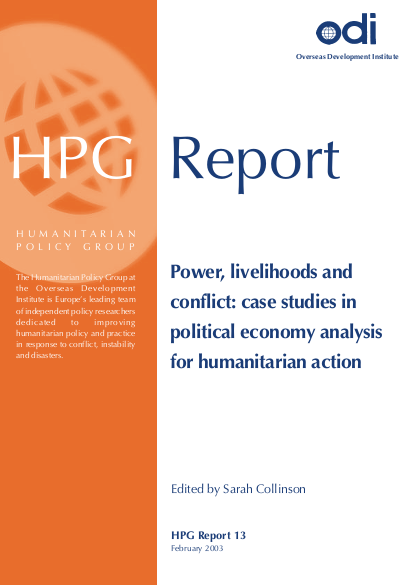
Over the past decade, the focus of international relief to conflict-affected populations has shifted away from external assistance to refugees towards assistance and protection efforts within countries affected by conflict and political instability.This has confronted humanitarian agencies with immense and often quite new challenges: in these environments, the principles and laws underpinning humanitarian action have been stretched to the limit.High- profile failures in Rwanda and the formerYugoslavia, plus mounting evidence that assistance can exacerbate violence or undermine local capacities, have encouraged relief agencies to adapt their programming and strengthen the political analysis behind it.Tools to assess the impact of aid on conflict have proliferated, and initiatives have been developed to link relief to rehabilitation, peacebuilding and the promotion of rights.There has also been increasing interest in the relationship between emergency assistance and international political and military action. The international humanitarian agenda has broadened, and humanitarian principles and objectives have diversified under the influence both of donors and political actors outside the system, and of humanitarian agencies themselves.
